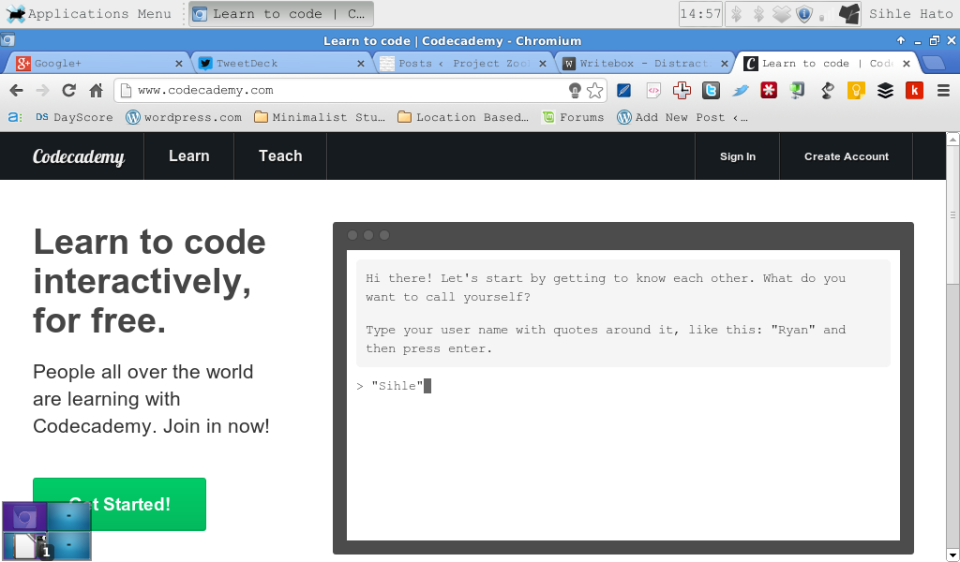The more experienced we are, the more unlearning we have to do.
We enter this world as creators, curious to discover ways to express ourselves visually, auditorily, kinesthetically. But, over time, we are taught to be more “realistic,” to be “safe” and “reasonable” and “normal.” When, in truth, we never wanted to be safe or reasonable. Maybe we wanted to be normal, but today’s normality template is far from what most of us had in mind at age five.
Growing up, we all just wanted to be ourselves. That was normal. But soon, we were placed in a classroom, told to stand in line and speak when spoken to, and prescribed ADHD medication if we got out of line. This methodology worked great for creating factory workers and farmers, which seemed ideal when 90% of the population was either the former or the latter.
Today, however, most people are neither factory workers nor farmers (and even those positions have changed radically in the past few decades), and yet we’re all graced with the assembly-line mentality, systematically programmed for compliance, expected to adhere to external standards while disregarding whatever our own internal normal was.
During this process, our creativity is quashed and replaced with a vast emptiness, a desire to create, even though we’re told that we’re not creative. It’s no coincidence that we start focusing more on consuming around the same time, looking for any(material)thing to fill the void.
“All children are artists. The problem is how to remain an artist once he grows up.” Picasso had this observation a century ago, and, unfortunately, these words ring even truer in today’s postindustrial world, a world where our vocations no longer ape the form of pseudo-creation (a la farming and factorying), and thus the gap between creation and consumption widens as we attempt to buy what no one can possibly sell: individual creativity.
The strange thing about this antiquated system is that most of its gatekeepers—government officials, school administrators, and teachers—aren’t operating out of malice. If anything, their reaction is birthed from apathy or comfort or both. Many teachers, in fact, are just as disenchanted with the whole mess as we are, though they often feel like just another faceless cog in the wheel, powerless amongst the tyranny of bureaucracy.
Thankfully… Read more at The Minimalists


